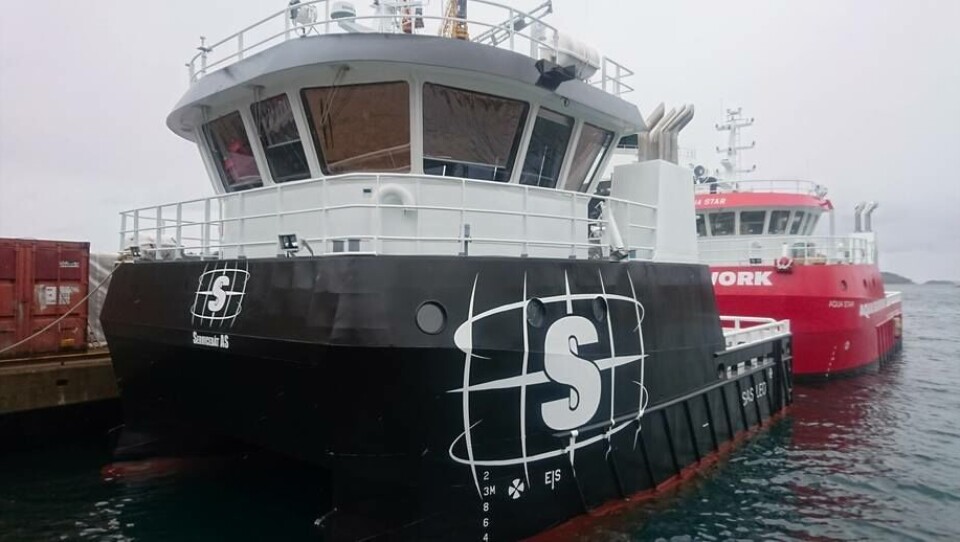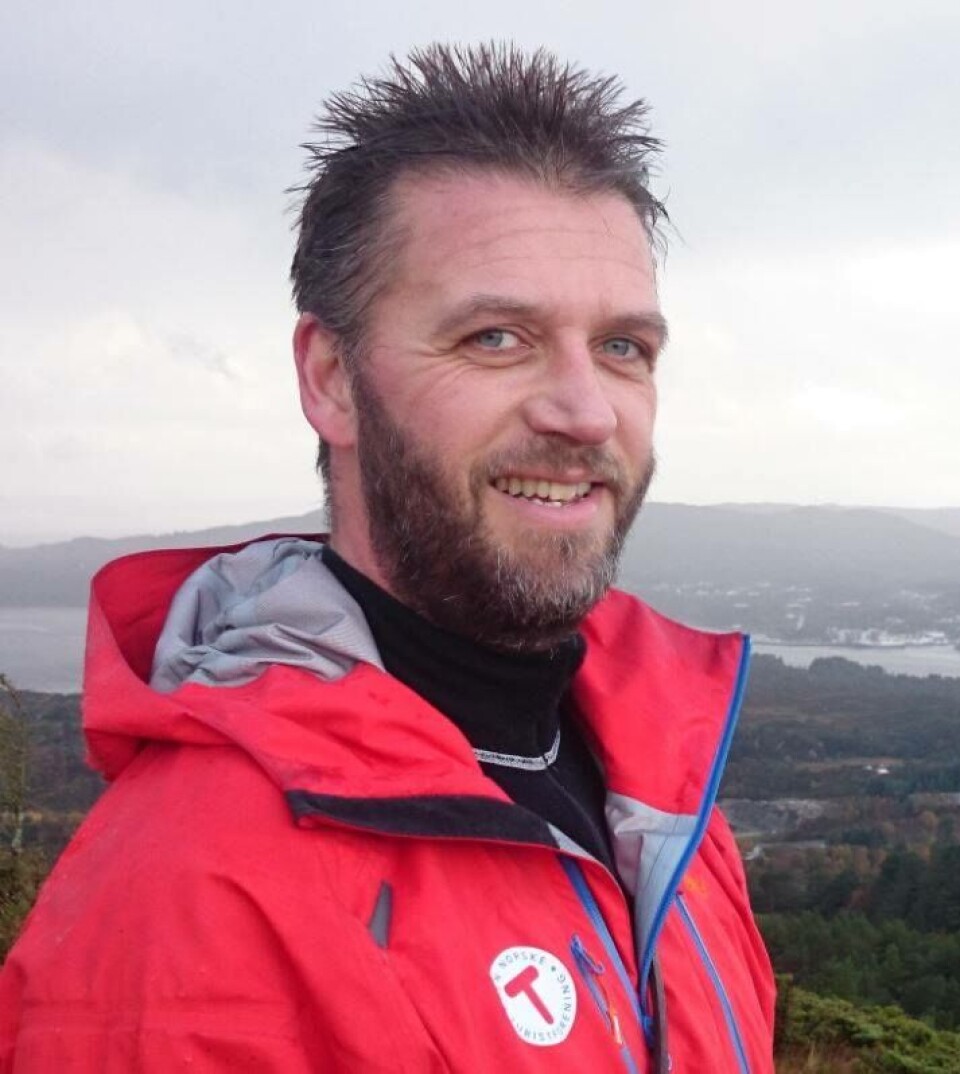
Project examines putting damaged fish on the menu
A Norwegian service boat provider has been awarded NOK3 million (£278,000) to develop a way of using damaged and dead salmon for human consumption instead of silage.
Currently Norway silages 140,000 tonnes a year of salmon – a volume not too far short of the entire production of Canada or Scotland - that are damaged or die in connection with mechanical handling such as lice treatment, disease treatment or the sorting of large fish.
It costs the industry billions of NOK in lost revenue. In addition, large expenses are incurred for the transportation and destruction of dead fish.
Now regional research fund Vestlandet has allocated NOK3m to Servicebåt AS to develop solutions that can make use of these fish for high quality human food, so as to achieve more sustainable utilisation of total biomass in cages.

Speaking to Fish Farming Expert’s sister site, kyst.no, Servicebåt chairman Mons-Ove Hauge said: “Clearly such support from the regional research fund is very welcome and useful for the implementation of the attempt and development of the concept.
“Relying on R&D based on the company’s own resources alone is demanding, and this support enables us to progress the project more quickly than would otherwise be possible.”
Hauge points out that all fish should be able to be used.
“Our ambition is that 100% of the fish we get during and after treatment must be used for human consumption. The preliminary project has shown that this is realistic to achieve,” he says.
The company intends to use customised service boats for collecting, stunning, sorting and killing of damaged fish. They will, among other things, develop patentable technology to instantly distinguish damaged and dying fish from live fish after, for example, lice treatment, and find out how fish for sorting can be collected without causing stress for other fish in the cages.
They will also find good methods for safeguarding the quality of raw material for further processing.
Hauge said Servicebåt has concrete goals for 2018 and 2019.
“We will now gather the threads with partners and co-investors on the project and hope to implement the construction of vessels in a very short time. Then the rest of 2018 will be for the design and planning of the design, equipment and test details for 2019. We hope to have a ship ready in the summer of 2019,” he explained.
Hauge believes the project can have a major impact on the environment.
“We believe that there is an annual volume of up to 140,000 tonnes of fish which could have been harvested and used as food fish but now goes to silage. Clearly, if you dispose of such a volume of fish, the impact on the environment will be formidable. Think about everything that’s goes into producing 140,000 tonnes, and then it ends up as silage.”
Hauge emphasised that quality will be in focus.
“The boat gets tip top processing equipment with a high-capacity cooling system in the cargo hold. This ensures the quickest possible cooling straight from the cage and you have finished, chilled fish arriving at the processing plant. That way you get the best possible durability and the best possible quality of fish, which after all have been subjected to hard treatment but still ‘deserve’ to become food fish.”
Servicebåt AS, the Institute of Marine Research and Nofima are partners in the research project.




















































